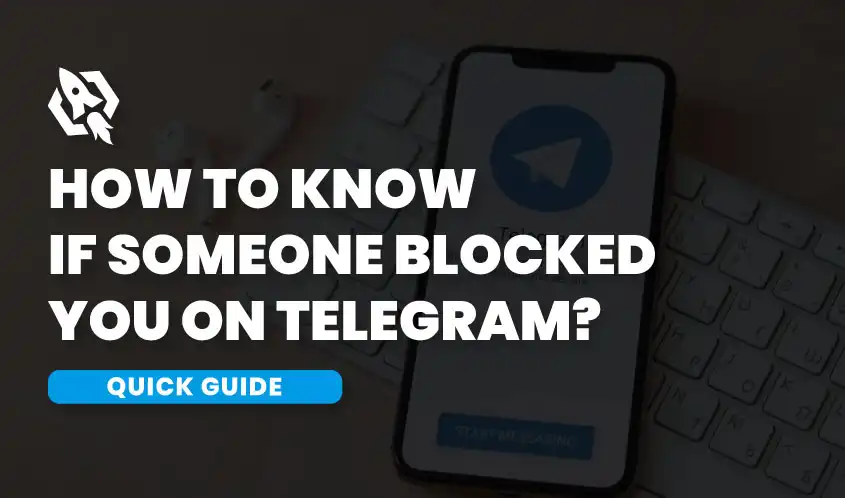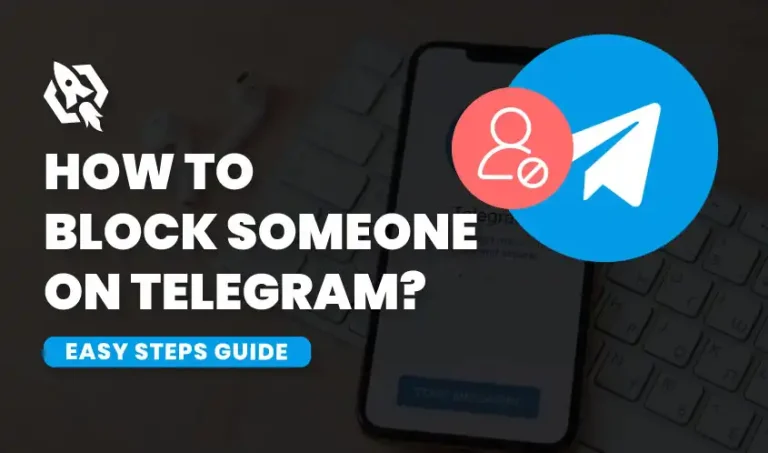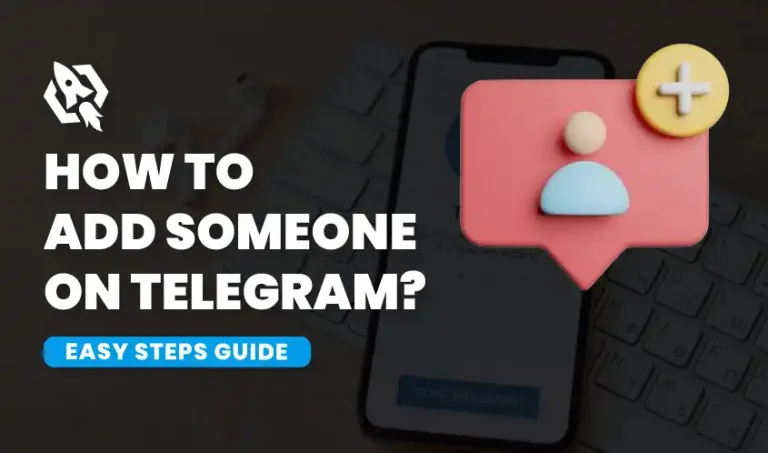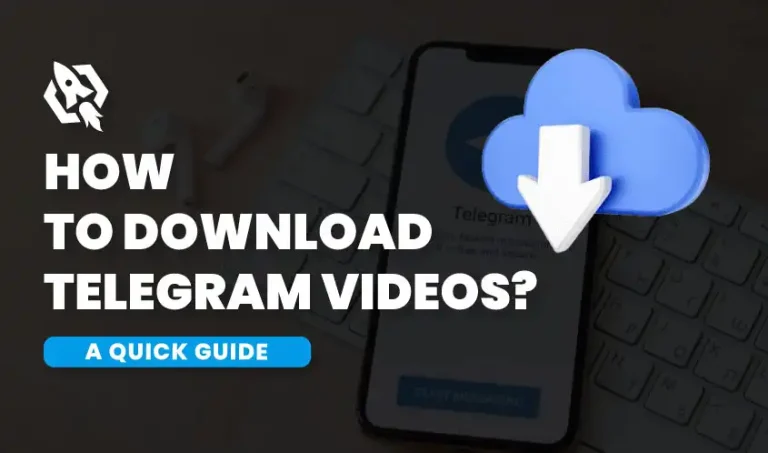Social media platforms have fundamentally transformed the landscape of communication by providing instant and widespread connectivity. They enable users to share ideas, news, and personal updates across vast distances almost instantaneously, facilitating real-time interactions that were once unimaginable. Social media fosters relationships by bringing people together based on shared interests, values, or goals, creating diverse online communities. Moreover, these platforms serve as powerful tools for self-expression and public engagement, where individuals and organizations can raise awareness on issues, mobilize support, and influence public opinion. However, this unprecedented accessibility also poses challenges, including the spread of misinformation and privacy concerns, which continue to shape the discourse around social media’s role in modern communication.
Telegram has emerged as a significant player in the realm of social media and messaging platforms, offering a suite of features designed to simplify and enhance communication. Its user-friendly interface ensures that individuals can connect effortlessly through instant messaging, voice calls, and video chats. Telegram’s emphasis on privacy, with features such as end-to-end encryption and secret chats, provides users with the confidence to communicate securely. Additionally, the platform supports large group chats and channels, enabling communities to share information, collaborate on projects, and stay connected on a scale unparalleled by many other messaging apps. By integrating bots and allowing file sharing up to 2GB, Telegram caters to both personal and professional communication needs, making it an indispensable tool for efficient and effective communication.
What is Blocking on Telegram?
Blocking is a feature on Telegram that allows users to prevent unwanted interactions by restricting another user’s ability to contact them. When someone is blocked, they are no longer able to send messages, see the person’s online status, or access their profile photo. This function ensures that users maintain control over who can reach them, providing an additional layer of privacy and security. Blocking can be particularly useful in situations where direct communication is no longer desired, or in cases of harassment. Understanding how blocking works on Telegram empowers users to effectively manage their interactions and maintain a safe and positive digital environment.
Why Blocking Happens on this Platform?
Blocking can occur for a variety of reasons and typically reflects a user’s desire to maintain personal boundaries or ensure their safety in the digital space. One common reason for blocking is to avoid spam or unsolicited messages, which can be intrusive and overwhelming. Individuals may also block users they no longer wish to communicate with or those with whom they have had negative experiences. In more serious cases, blocking becomes a necessary measure to protect oneself from harassment, bullying, or threats. Additionally, blocking can be used to enforce privacy, preventing unwanted access to one’s personal information or status updates. By allowing users to block others, Telegram provides a mechanism for individuals to curate their social interactions and uphold a sense of control over their online environment.
Signs That You Might Be Blocked by Someone
Following are the signs that inform users that they might be blocked by other persons.
1. Unable to Send Messages
One of the primary indicators that you might be blocked on Telegram is the inability to send messages to a specific contact. When you try to send a message to someone who has blocked you, the messages appear to be sent, but they will not receive any sent notifications, and they won’t see your messages in their chat. This lack of successful message delivery without errors typically suggests that you have been blocked. It’s important to consider that technical issues can also cause similar symptoms, so it might be worth checking your internet connection or trying to message another contact to confirm whether the issue is related to being blocked.
2. Profile Photo Disappears
Another sign that indicates you might be blocked on Telegram is the disappearance of the contact’s profile photo. When a user blocks you, you will no longer have access to see their profile picture, and it will typically revert to a default avatar image instead. While this change can suggest that you have been blocked, it’s not definitive on its own, as users can choose to remove or change their profile photos for personal reasons. To corroborate this clue, consider whether other signs of blocking, such as being unable to send messages or changes in online status visibility, are also present.
3. Last Seen or Online Status Unavailable
A significant sign that you might have been blocked on Telegram is the unavailability of a contact’s “Last Seen” or online status. Normally, Telegram allows you to see when a contact was last active or if they are currently online. However, if you have been blocked, this information becomes inaccessible. Instead, you may only see vague status updates like “last seen a long time ago,” regardless of the contact’s actual activity.
While the absence of status updates can indicate blocking, it’s crucial to note that Telegram’s privacy settings allow users to hide their “Last Seen” status from all contacts or selected individuals, which could also account for its unavailability.
Therefore, it is recommended to consider this sign in conjunction with other indicators, such as difficulties in message delivery or the disappearance of a profile photo, to make a more accurate assessment of whether you’ve been blocked.
4. Cannot Make Calls
If you suspect that you’ve been blocked on Telegram, another indicator is the inability to make voice or video calls to the contact in question. When attempting to initiate a call with someone who has blocked you, the call will fail to connect or won’t ring on the recipient’s end. Instead, you may experience repeated call failures or be unable to initiate the call altogether. It’s important to keep in mind that occasional call issues could be attributed to connectivity problems or temporary network errors, so it is worth testing your call functionality with other contacts to rule out these possibilities. However, alongside other signs such as message delivery failure or the absence of online status updates, persisting issues in placing calls to a particular person can strongly indicate that you’ve been blocked.
Cross-Referencing the Other Contacts
Cross-referencing contacts is a useful strategy for ensuring the reliability and accuracy of information, especially when you suspect that you might have been blocked on Telegram. By checking mutual acquaintances or shared group memberships, you can gather additional insights into whether your assumptions about being blocked are accurate. For example, if you are unable to see someone’s profile photo or status updates, a mutual friend might still have access to this information. This can help confirm whether the contact has blocked you specifically or if they have simply changed their privacy settings to restrict these details more broadly.
Moreover, leveraging cross-referencing techniques with other communication platforms can offer further clarity. If a contact appears unavailable on Telegram, you might try reaching out via email, phone, or other messaging apps to see if they are responsive there. If they are active and responsive on other platforms but not on Telegram, it could reinforce the suspicion that you’ve been blocked.
However, if the contact remains unresponsive across multiple channels, the lack of communication might be due to alternative factors such as them being busy or dealing with other personal circumstances. Cross-referencing contacts, therefore, not only aids in understanding potential blocking scenarios but also provides a broader perspective on the contact’s current communication behavior.
Alternative Way to Communicate If Get Blocked
If you get blocked by someone on Telegram, here the other ways through which you can contact:
1. Sending a Message Through a Group
When you are unable to communicate directly with a contact on Telegram due to potential blocking, sending a message through a group can serve as an alternative method to reach them. By participating in a shared group, you can still indirectly interact with the contact without the restrictions imposed by a block. When you send a message in a group setting, all members, including the contact in question, can see your posts. This method leverages the communal nature of group communication, allowing you to pass on information or queries without needing direct access to an individual’s private conversation thread. It’s essential to maintain respect and civility in group interactions, ensuring that your message aligns with the group’s purpose and decorum.
Using group messaging thoughtfully can also provide opportunities for collaboration and collective discussions. Engaging in group chats not only helps in conveying your message but also fosters a sense of community and shared understanding among members. Furthermore, groups can serve as a platform to resolve misunderstandings indirectly, since observing the group dynamics and the contact’s responses to other members might provide insights into their current attitude or concerns.
However, it’s crucial to be mindful of the group’s privacy policies and to avoid using this approach excessively, as misuse can lead to repercussions like being muted or removed from the group. Overall, sending messages through the group is an effective tactic for maintaining dialogue when personal communication channels are limited.
2. Using Different Accounts
When facing challenges communicating on Telegram due to being potentially blocked, another strategy is to use a different account to reestablish contact. Creating a new account can help you bypass the limitations set by a block, granting you the opportunity to check the availability of the contact’s online status, send messages, or place calls. This method can confirm suspicions of being blocked if the contact remains unreachable through the new account. However, creating a new account should be approached with caution and respect for the other person’s privacy. It’s important to consider that using alternate accounts can be perceived as intrusive, especially if the blocking was intentional and the other party wishes to avoid communication.
In addition to creating a new account, utilizing another existing account can also aid in maintaining communication. This could be a secondary account you already own or one that belongs to a mutual friend willing to reach out on your behalf. This method offers a way to gauge whether you have been blocked or if there are technical issues affecting communications on your main account. Nevertheless, it is essential to remain considerate and transparent when using different accounts, ensuring that any reconnection efforts are mutually agreeable and respectful of the other party’s boundaries. Properly managed, this approach can reveal insights into the situation while maintaining integrity and preserving relationships.
Consider Account Deletion After Getting Blocked
Deciding to delete your Telegram account is a significant step that entails removing all data associated with your presence on the platform. Before proceeding, it’s crucial to weigh the reasons for this decision and the potential implications it may have. Whether motivated by privacy concerns, a desire to cut back on social media usage, or dissatisfaction with the service, understanding the consequences of account deletion is essential. Account deletion is irreversible, resulting in the loss of message history, contacts, groups, and any other data stored within the platform. Therefore, it’s advisable to back up any important data and inform key contacts of your impending departure to minimize disruptions.
On a broader scale, deleting your account can offer a fresh start, free from digital clutter and past connections that no longer serve you. This decision can lead to a sense of liberation and empowerment, providing an opportunity to redefine your digital interactions.
However, it’s important to consider whether account deletion aligns with your communication needs and lifestyle preferences. For some, maintaining connections via an instant messaging app is vital for work or personal reasons. Thus, it’s beneficial to explore alternative communication platforms that offer more of what you seek before taking the plunge. Ultimately, contemplating account deletion involves a balance between freeing yourself from unwanted digital ties and ensuring you remain accessible to those who matter most.
FAQs
No, you cannot unblock yourself from someone else’s Telegram account. Blockings are controlled solely by the account owner. If you believe a block was accidental or you wish to resolve a conflict, consider reaching out to the person through other communication channels or mutual acquaintances.
Blocking someone on Telegram will not delete existing message histories for either party. Both you and the blocked contact will still be able to view past conversations. However, future communication is blocked—your messages will not be seen by the person you have blocked, and vice versa.
Yes, it is possible to identify if you’ve been blocked by observing specific signs and using manual methods such as cross-referencing with another account, as described earlier in this document. There is no need to rely on third-party applications, which often pose security risks and violate Telegram’s privacy policies.
Conclusion
In conclusion, understanding whether you have been blocked on Telegram requires careful observation and a respectful approach. By employing methods such as cross-referencing contacts, group messaging, or using different accounts, you can gather clues about your communication status while respecting privacy boundaries. It’s important to consider the implications of your actions and ensure they do not infringe on others’ privacy or Telegram’s terms of service.
Ultimately, effective communication and addressing conflicts through open discussions could often be more productive than focusing solely on the mechanics of blocking. Always prioritize ethical behavior and mutual respect, using these insights as a means to navigate digital interactions responsibly.




